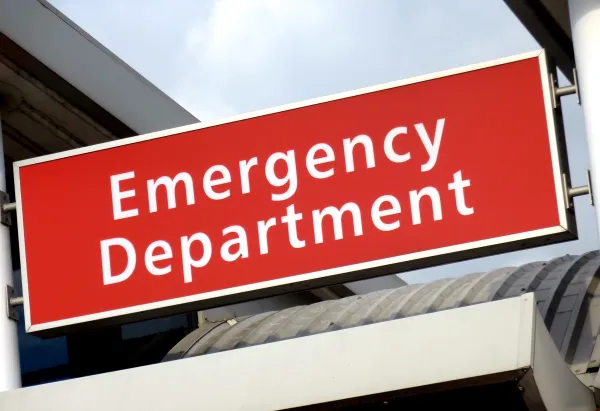Primary Care Coding Alert
No Cauterization? No Problem for This Nose-Bleed Scenario
Question: How can I report epistaxis treatment when the provider didn’t perform cauterization or packing?
Maine Subscriber

Answer: If the provider did not perform cauterization or packing, then you cannot report common epistaxis codes such as 30901 (Control nasal hemorrhage, anterior, simple (limited cautery and/or packing) any method), 30903 (Control nasal hemorrhage, anterior, complex (extensive cautery and/or packing) any method), 30905 (Control nasal hemorrhage, posterior, with posterior nasal packs and/or cautery, any method; initial), or 30906 (Control nasal hemorrhage, posterior, with posterior nasal packs and/or cautery, any method; subsequent). However, that doesn’t mean you can’t report the encounter. You’ll simply report an evaluation and management (E/M) service.
For example, let’s say an established patient presents with mild anterior bleeding in the left nostril. The physician performs a history and exam, then applies ice and direct pressure to the affected nostril before applying a cotton swab into the nostril. The provider then removes the swab after a few minutes, examines the patient’s left nostril a second time, and notes the bleeding has stopped.
In situations such as this, where some ice and a little pressure are enough to stop the bleeding, you can report an E/M service. In this case, as your provider is treating a single, self-limited, or minor problem, and there is a low risk of morbidity from the treatment, that would be 99212 (Office or other outpatient visit for the evaluation and management of an established patient, which requires a medically appropriate history and/or examination and straightforward medical decision making …) for a patient established to your practice.
Remember: No matter which service code you report, you still need to show your payer that the service was medically necessary. In any of these cases, you’ll use R04.0 (Epistaxis).
Related Articles
Primary Care Coding Alert
- News You Can Use:
Look to New ICD-10 Codes to Report Abuse, Neglect, and SDoH
Plus: See how financial difficulty is incorporated into several new codes. Starting April 1, 2023, [...] - Mythbusters:
Bust These Myths to Avoid Injection Rejection
Hint: Gain some insight on medical necessity, too. Injection encounters are easy to miscode for [...] - Practice Management:
Turn Your Basic Audit Program into a Strong One With These Tips
Discover how audit type can influence the kind of sample you use. With the COVID-19 [...] - You Be the Coder:
No Cauterization? No Problem for This Nose-Bleed Scenario
Question: How can I report epistaxis treatment when the provider didn’t perform cauterization or packing? Maine [...] - Reader Questions:
Clear Up Confusion About Leveling Using Time
Question: One of our providers wants to bill an evaluation and management (E/M) visit using time, [...] - Reader Questions:
Watch for EHR Quirks When Reporting Dx Codes
Question: It looks like my providers recently started selecting their own ICD-10 codes. They are selecting [...]




